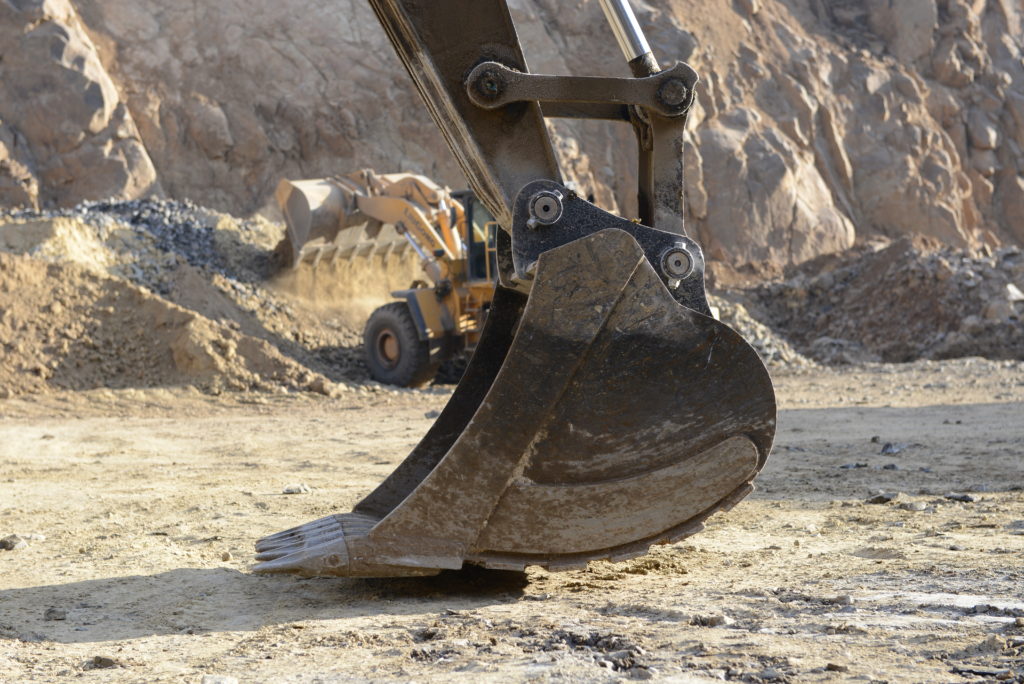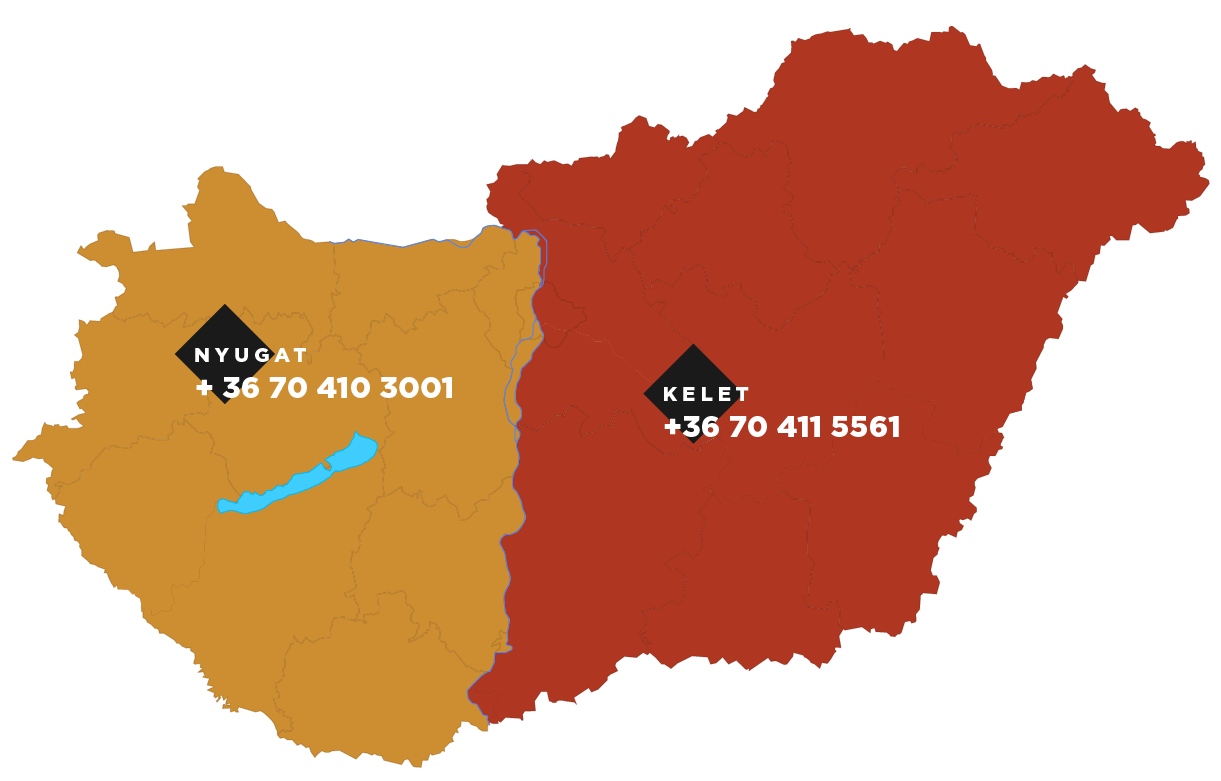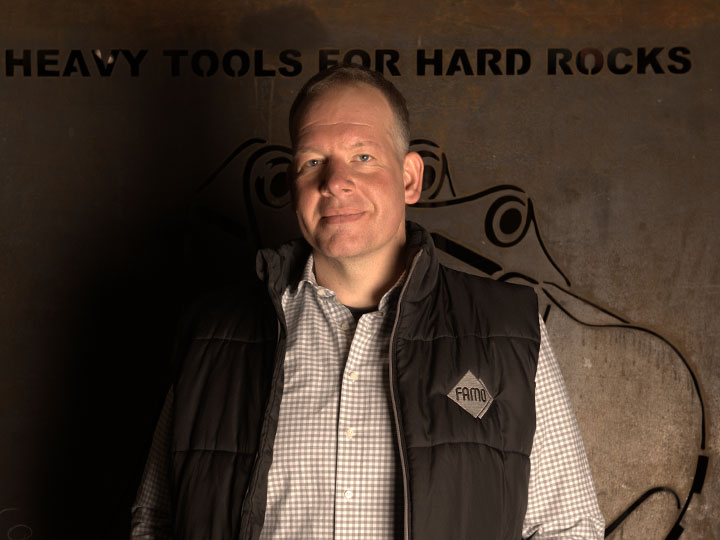Materials used for bucket manufacturing
Have you ever wondered what materials the excavator buckets are made of? In this entry we give a detailed description about which materials are used for pins, edges and teeth.
Fastening pins
The excavator bucket fastening pins are usually made of heat-treated steel. Chromium molybdenum steels may be the main component. Chromium increases resistance to rust and strength while molybdenum is responsible for strength and stability.
The steel used has mostly gone through induction hardening. This method provides surface hardness (between 58 and 63 Rockwell C) and abrasion resistance. The sleeve is often made of the same material.
Cutting edges
The cutting edges and side edges of the excavator bucket are generally made of heat-treated steel as well. These steels are alloyed carbon steels that are resistant to wear and impact thanks to the heat treatment and have excellent tensile strength. Their hardness according to the Brinell scale is between 400 and 500 HB.
Bucket body

The body of the spoon and its mantle are made of a steel sheet with the highest flow strength, which is a medium strength, low alloy steel. This type of steel is perfect for spoon cladding because it has optimum weight / strength characteristics. Its great advantage is that it can be easily welded and bent.
Bucket teeth
It is important to mention that the teeth can be manufactured by two methods: casting and forging.
They can be made of low-alloy steel by adding nickel and molybdenum. Molybdenum is responsible for strength and stability and helps prevent rusting. Nickel increases hardness and reduces corrosion. The teeth can also be produced by a casting process and made resistant with heat treatment.
Wrought iron teeth are also made of heat-treated steel alloys, but the type of steel differs from manufacturer to manufacturer. Heat treatment makes the teeth resistant and increases impact resistance.
In summary
Parts of the spoon are made of different materials, but they are all made of steel or iron. The exact type of material depends on the load and the manufacturing process.


